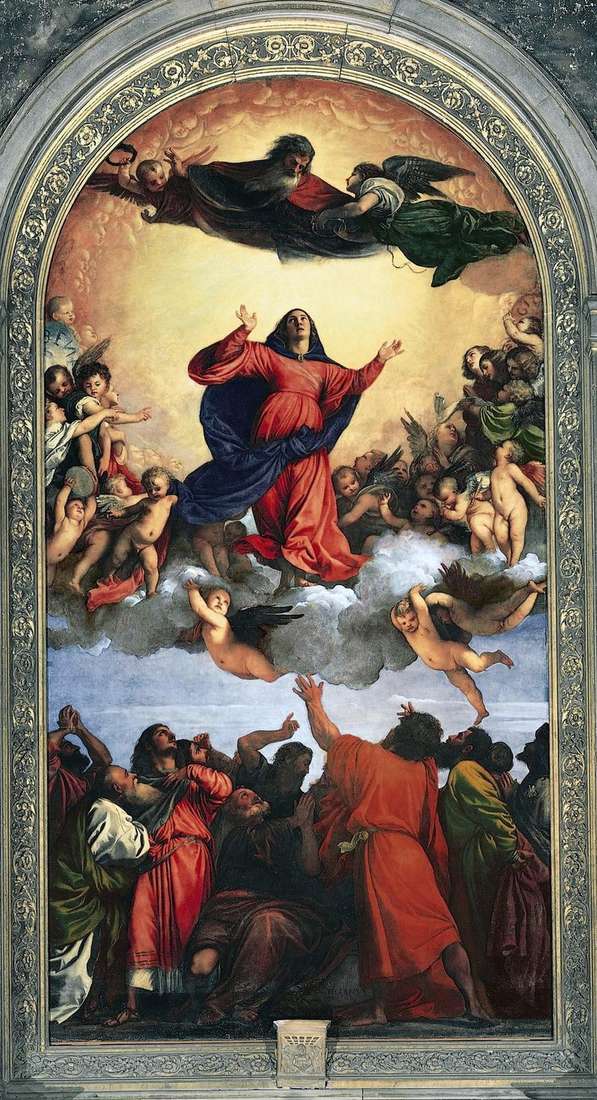
The picture “Assunta,” or “Ascension of Our Lady,” is among the early works of the master, but it brought him the greatest glory. This picture was painted by him in 1516-1518. for the main altar of the Venetian church of Santa Maria Gloriosa dei Frari, and after its creation Titian becomes a recognized master. His creations cause people’s enthusiasm, the right to own them is disputed by many princes and princes, including the emperor and the Pope.
The reason for this success lies in the novelty of the author’s creative thinking. He is reforming the type of altar image and historical and religious composition, and renews the artistic image, seeking his deep emotional saturation.
“Assunta” makes a huge impression due to the credibility and reality of the plot. It completely lacks a landscape, moreover, there is generally no indication of the place of action, except for a narrow strip of land on which the characters stand. Each figure, the whole spatial and color composition, the illumination of the picture are subject to one task – to portray the ascension of Mary.
The Madonna is not shown flying, she is picked up by a cloud accompanied by the angels freely floating around him. The whole figure of the Virgin Mary vividly embodies human feelings: the movement of her head thrown back and the rapturously raised hands reflect joy, triumph and inspiration.
The shades of the colors correspond to the composition: dense and saturated at the bottom, while moving upwards they become more and more light and light, gradually changing into a pure golden tone of the upper part of the picture. Vigorous rich colors of the Virgin Mary’s clothes against the background of a light, radiant sky create the mood of a jubilant celebration.
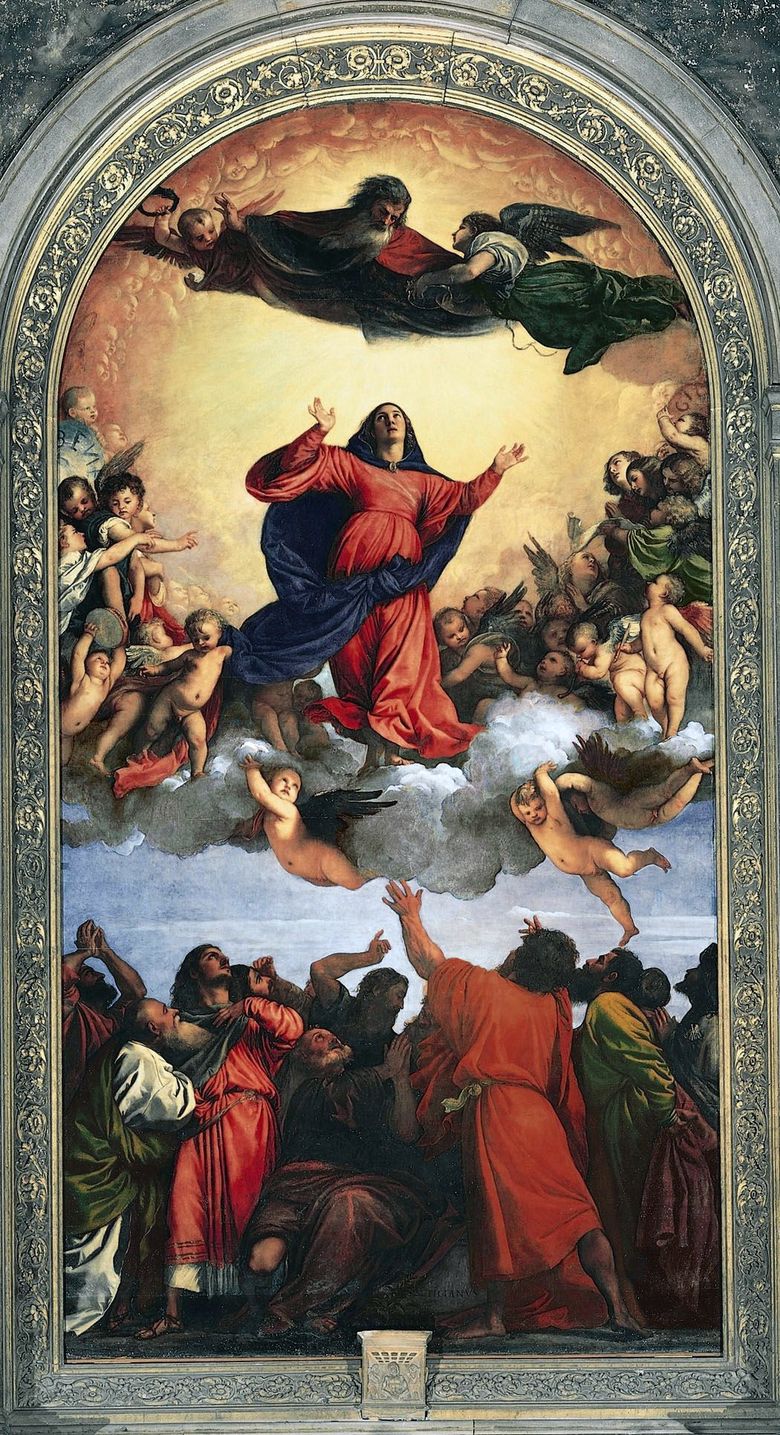 Ascension de Notre-Dame (Assunta) – Titian Vecellio
Ascension de Notre-Dame (Assunta) – Titian Vecellio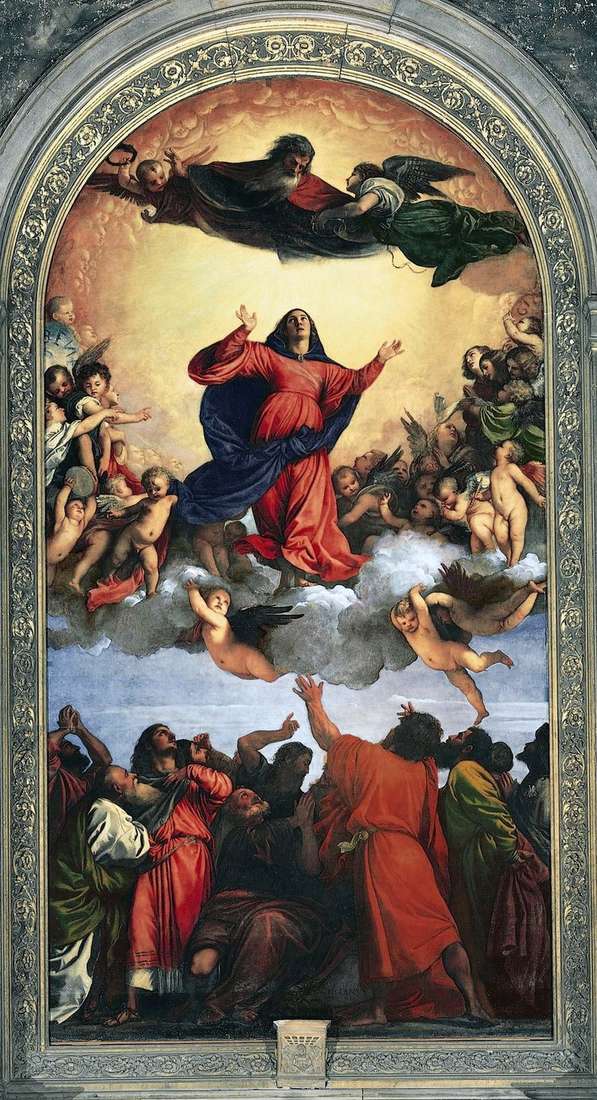 Ascensión de Nuestra Señora (Assunta) – Tiziano Vecellio
Ascensión de Nuestra Señora (Assunta) – Tiziano Vecellio Madonna of the family of Pesaro by Titian Vecellio
Madonna of the family of Pesaro by Titian Vecellio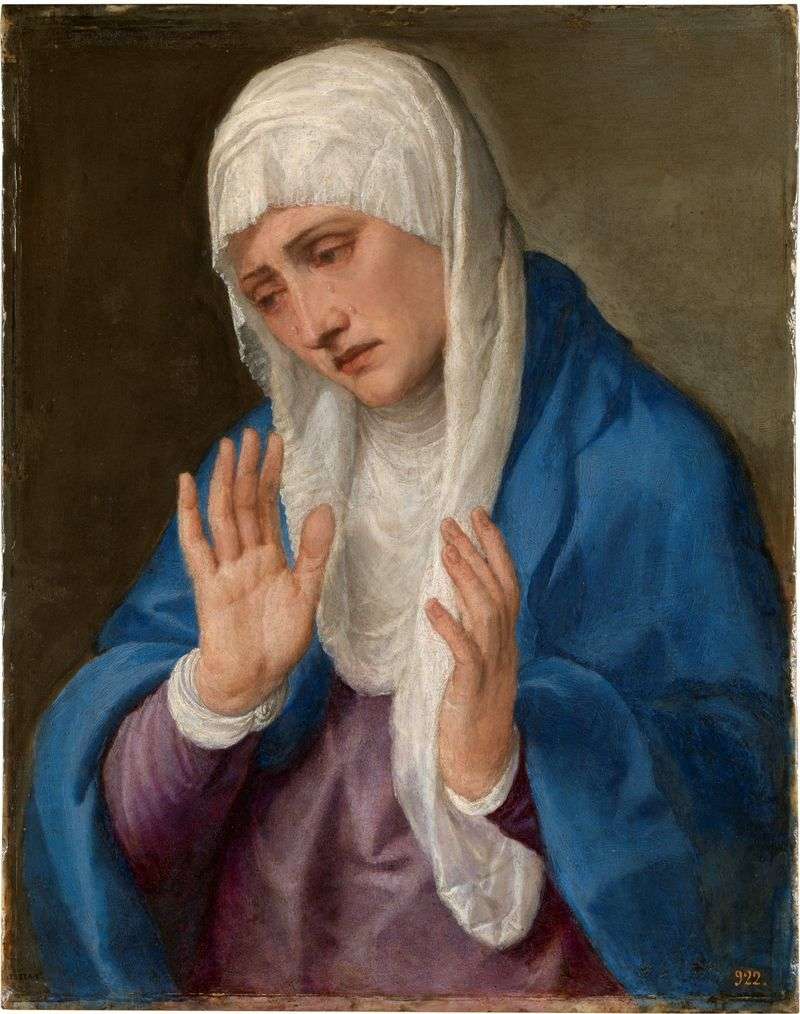 Mourning mother by Titian Vecellio
Mourning mother by Titian Vecellio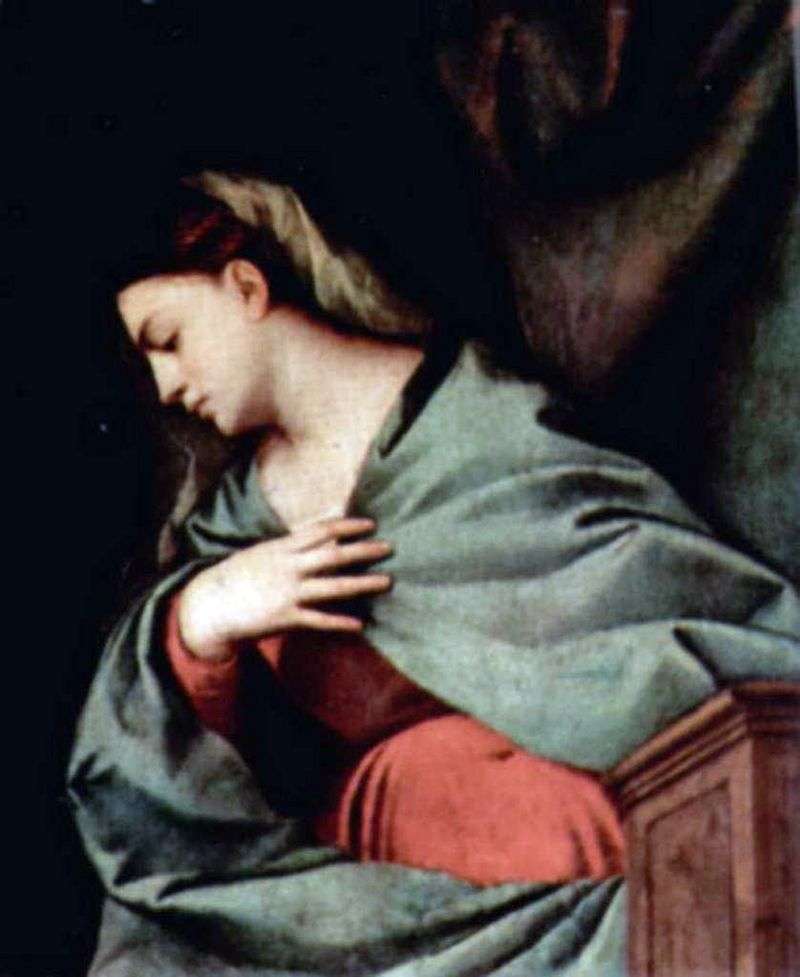 Resurrection of Christ (Altar polyptych Averoldi), right wing, scene above. Virgin Mary by Titian Vecellio
Resurrection of Christ (Altar polyptych Averoldi), right wing, scene above. Virgin Mary by Titian Vecellio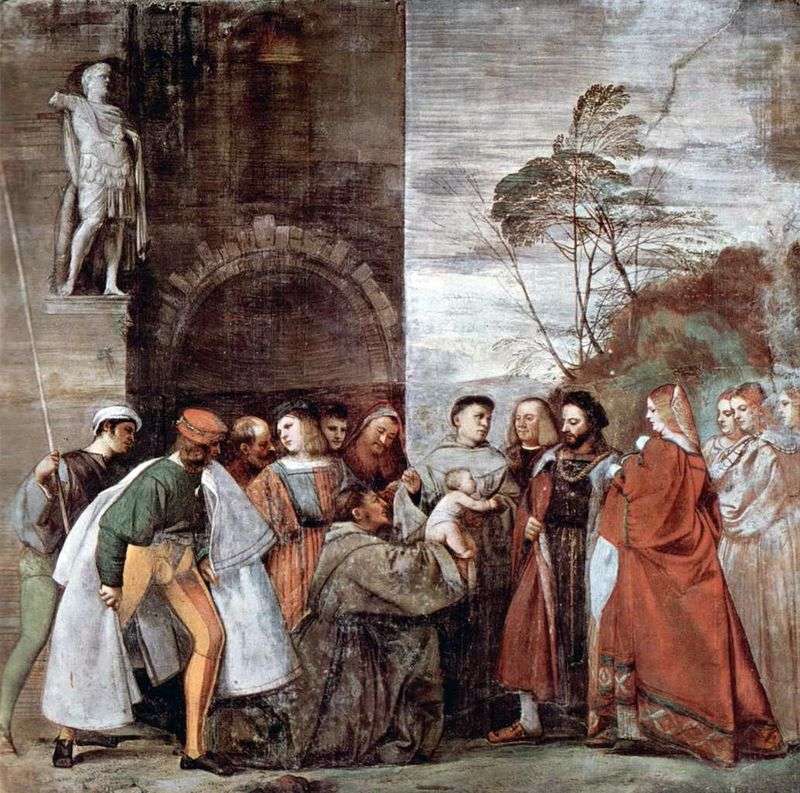 A miracle with a talking newborn who removes from his mother an accusation of adultery by Titian Vecellio
A miracle with a talking newborn who removes from his mother an accusation of adultery by Titian Vecellio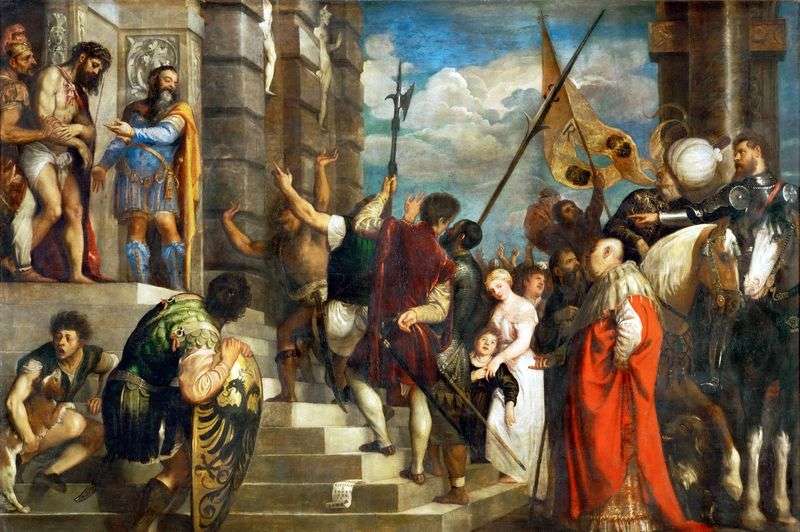 Xie Man by Titian Vecellio
Xie Man by Titian Vecellio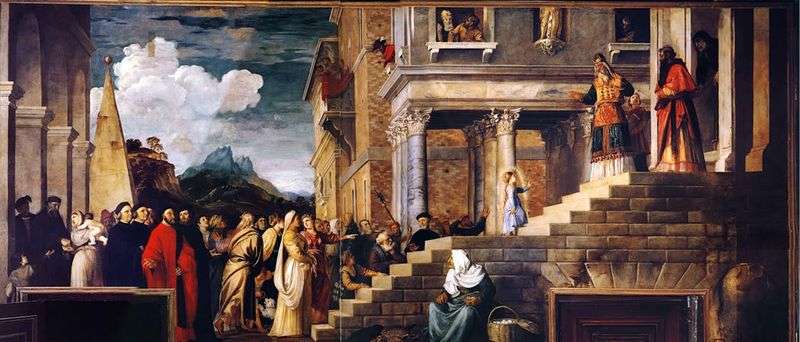 Introduction of Mary in the Temple by Titian Vecellio
Introduction of Mary in the Temple by Titian Vecellio